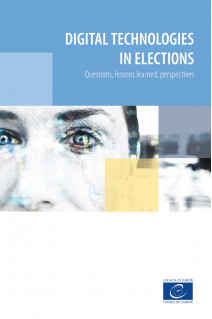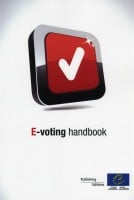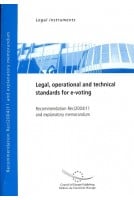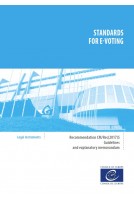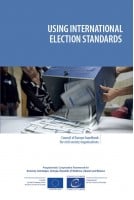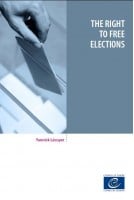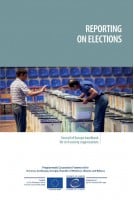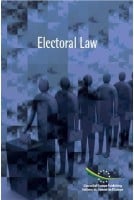Digital solutions are increasingly used in elections. Their security has attracted much attention in the recent years as it impacts the integrity of elections. The legislator has the important burden to introduce regulations ensuring that only digital solutions which comply with constitutional principles can be used in elections. This is not an easy task as the field is still experimental. The two studies presented here raise legal questions, draw upon past experiences in several countries and suggest possible approaches. This publication will be of interest to legislators and executive authorities, namely Election Management Bodies, that are invited to decide on the use of digital solutions in elections.
Developing a regulatory framework for digital technologies used in the electoral cycleINTRODUCTION LEGAL STANDARDS1. Legal framework for elections
а. International instruments
b. National instruments
2. Legal framework for new technologies
а. International instruments
b. National instruments
3. Inspiration from other fields
QUESTIONS FROM AND FOR THE REGULATOR1. Problem identification
2. Goals and objectives
3. Benefits and downsides
4. “Electoral cycle” approach
5. Multidisciplinary approach
6. A sovereign decision
7. Necessity, form, and level of regulation
8. Content of regulation
а. Detailed requirements
b. Human-rights centred
c. Usability
d. Data protection
e. Transparency
f. Cybersecurity
g. Control, enforcement, accountability
h. Change management, resources, and cooperation with the private sector
9. Trust
CONCLUSIONSSELECTED REFERENCESInternational legal texts, guidance, evaluations, good practice
Relevant research on legal and regulatory aspects
Relevant documents from selected countries
Overview of digital technologies used in the electoral cycle1. APPROACH AND DEFINITIONSа. Introduction
b. Electoral cycle
c. New technologies
2. QUESTIONING THE CONFORMITY OF NEW TECHNOLOGIES WITH ARTICLE 3 44 OF PROTOCOL № 1 TO THE EUROPEAN CONVENTION ON HUMAN RIGHTSа. Technology perspective
b. Electoral cycle perspective
3. SYNTHESIS AND TRANSVERSAL ISSUES4. SELECTED REFERENCES
